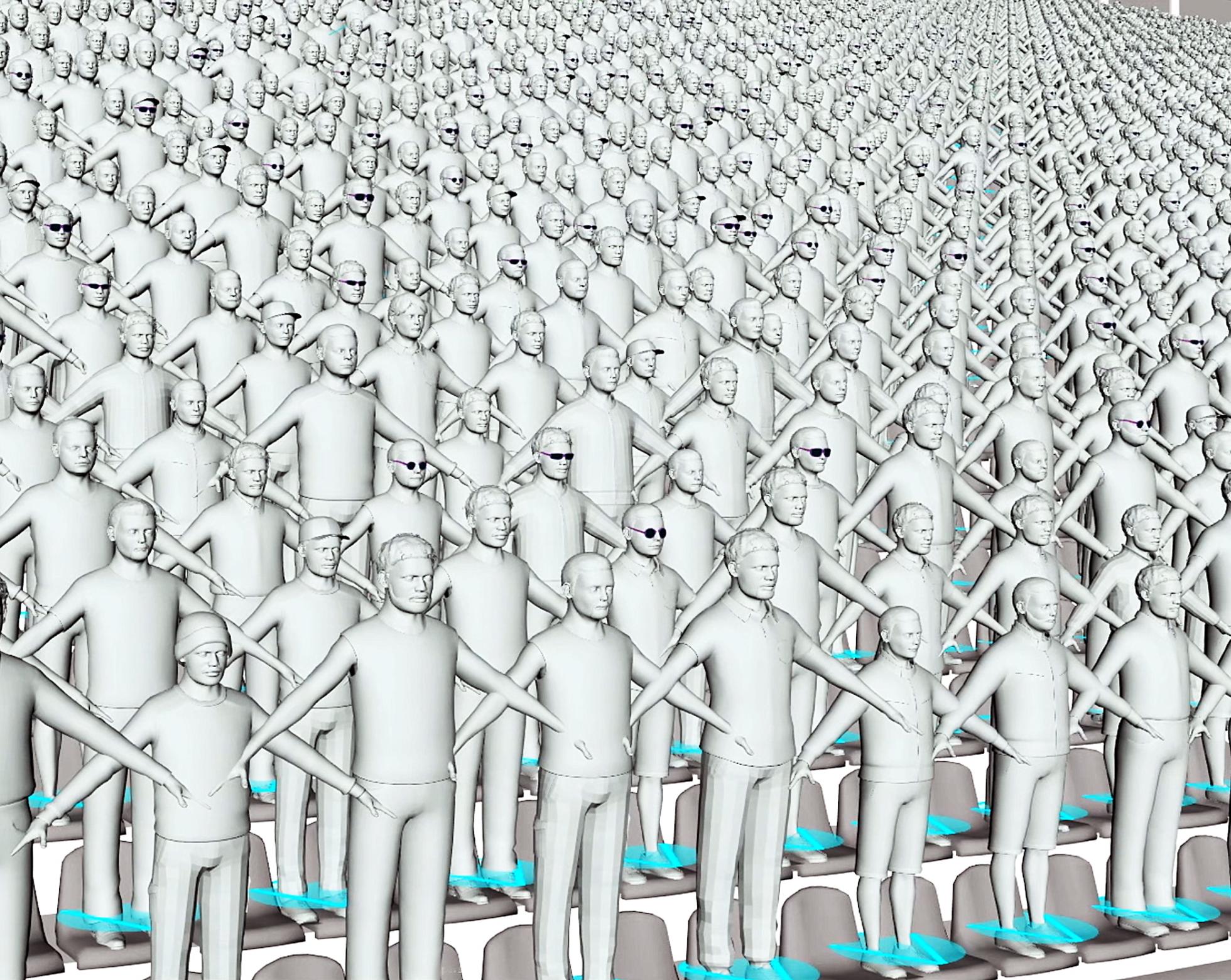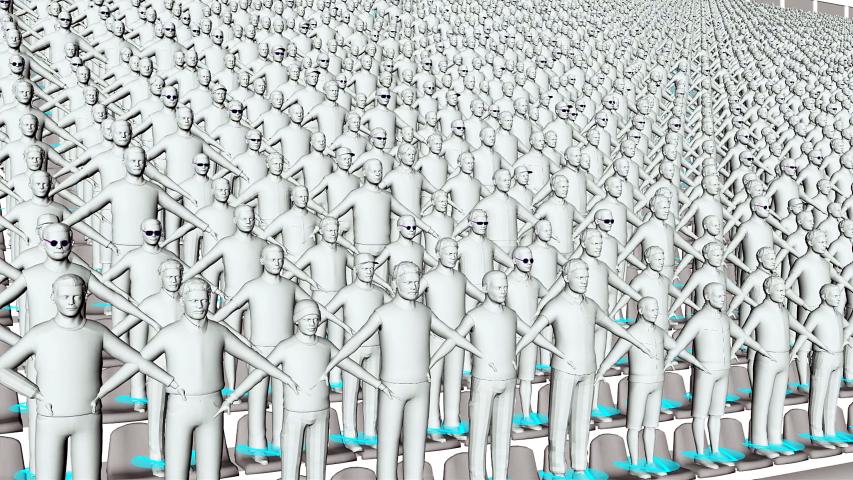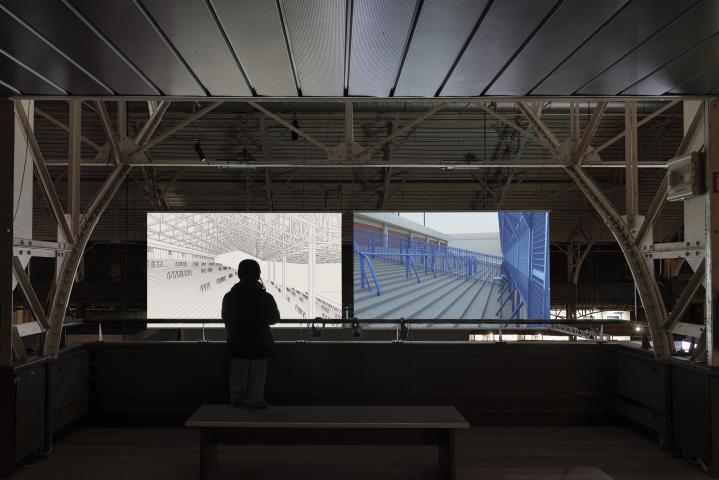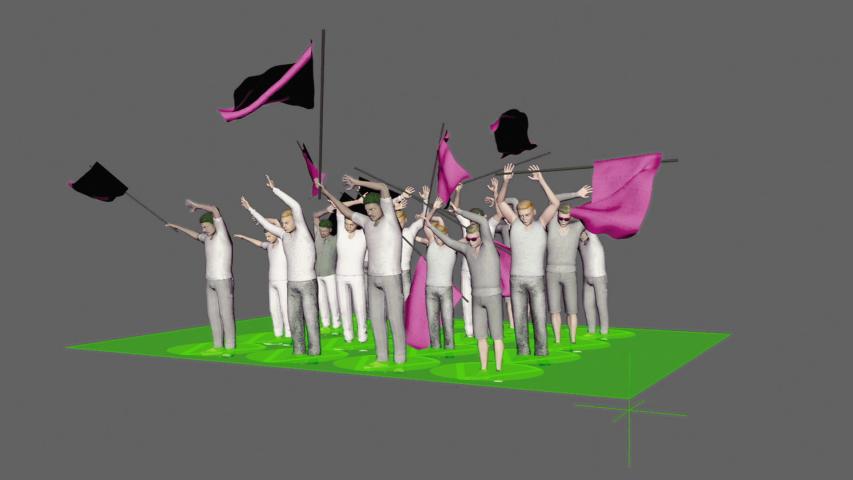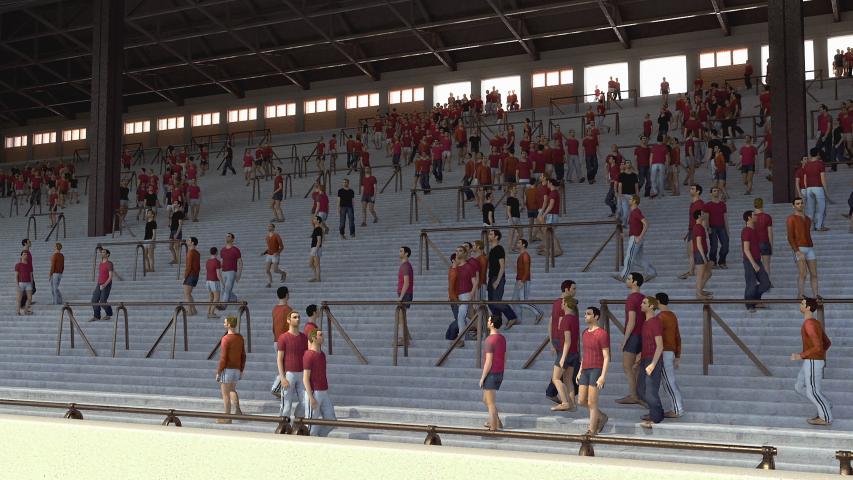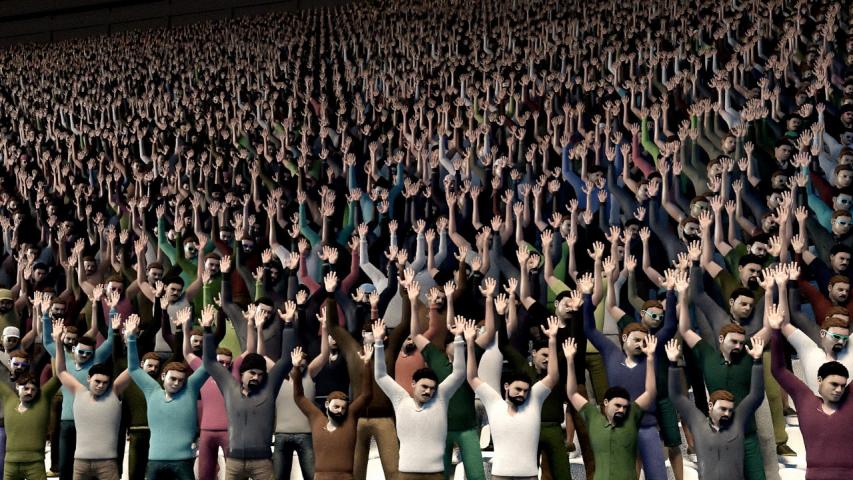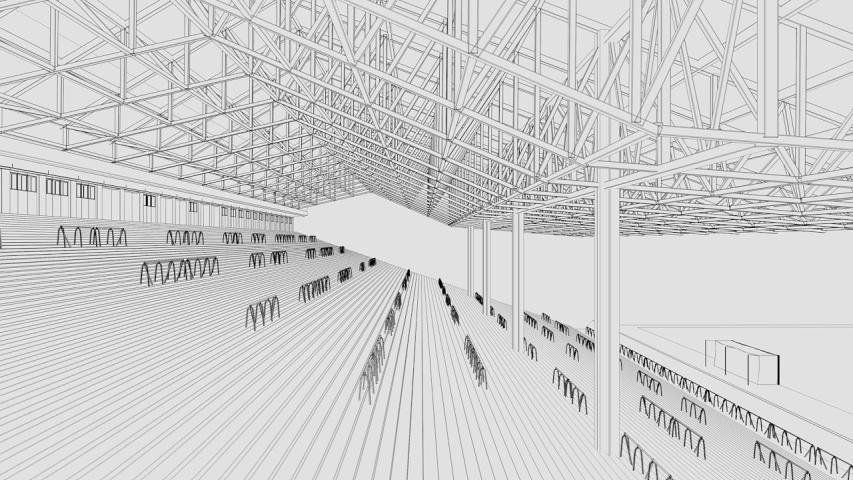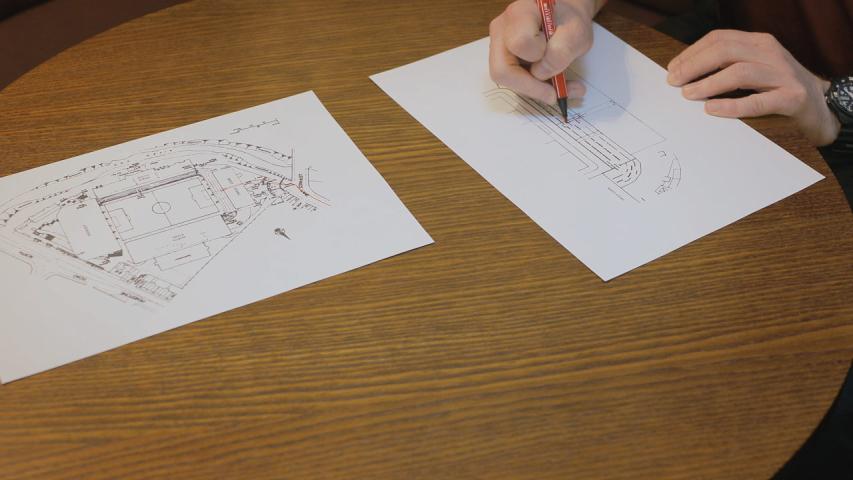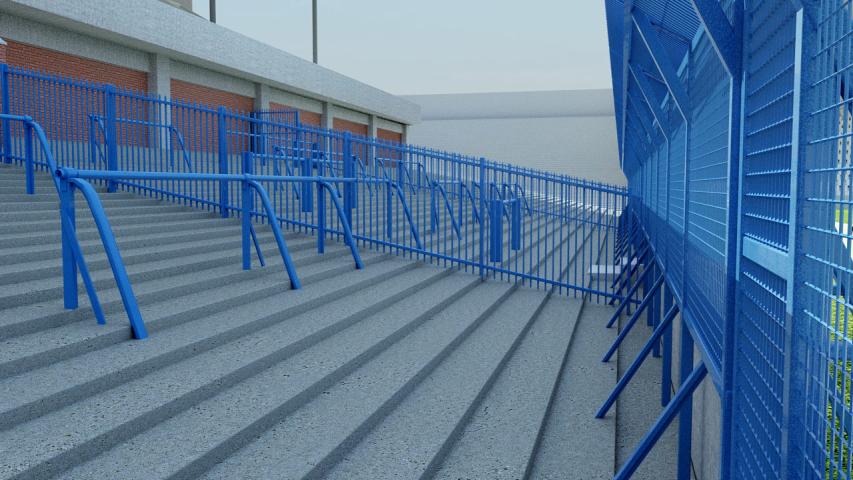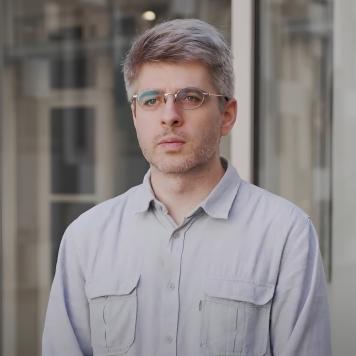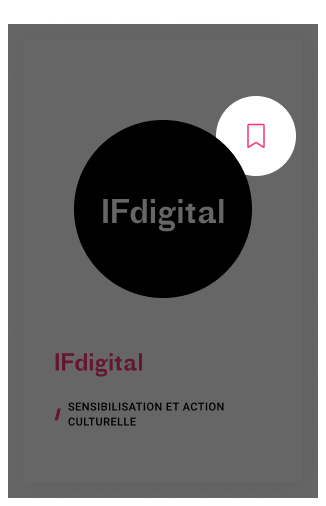A crowd simulation software serves as a tool for exploring football supporters’ collective memory. Images of crowd simulation are faced with testimonies from Liverpool Football Club’s supporters who recall their experience marked by a tragic event : the Hillsborough stadium disaster, in 1989, which changed the nature of the game of football.
This Means More
Find out more
Football has always had a mixed relationship with crowd. Both a public space for profane culture and a control apparatus, the stadium embodies this conflicted relationship. At a time when working class supporters get banned due to financial and security pressures, crowd simulation is used against the grain in order to explore the history of this exclusion. The stadium being a microcosm for society, its evolution relates to broader social changes that happened over the last thirty years.
This Means More juxtaposes testimonies of football supporters with the industrial tools used to represent virtual crowds. These tools are usually used to create images of crowds in advertisements, or to manage flows by anticipating the movement of bodies. As a counterpoint to these virtual images, supporters of Liverpool FC recount their experience marked by a tragic event : the Hillsborough stadium disaster, which occured in 1989 and change the face of football. Simulation technology becomes an archaeological tool in order to explore the traumatic memory of football fans. The confrontation of two forms of knowledge about the crowd, one distant and analytical, the other lived and embodied, raises the question of what constitutes a community and how this lively collective collides with the infrastructures that seek to control it.
Votre contact
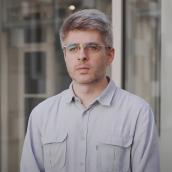
Merci pour votre contribution.
Vous serez informés de sa publication ou d’une éventuelle demande de compléments.





